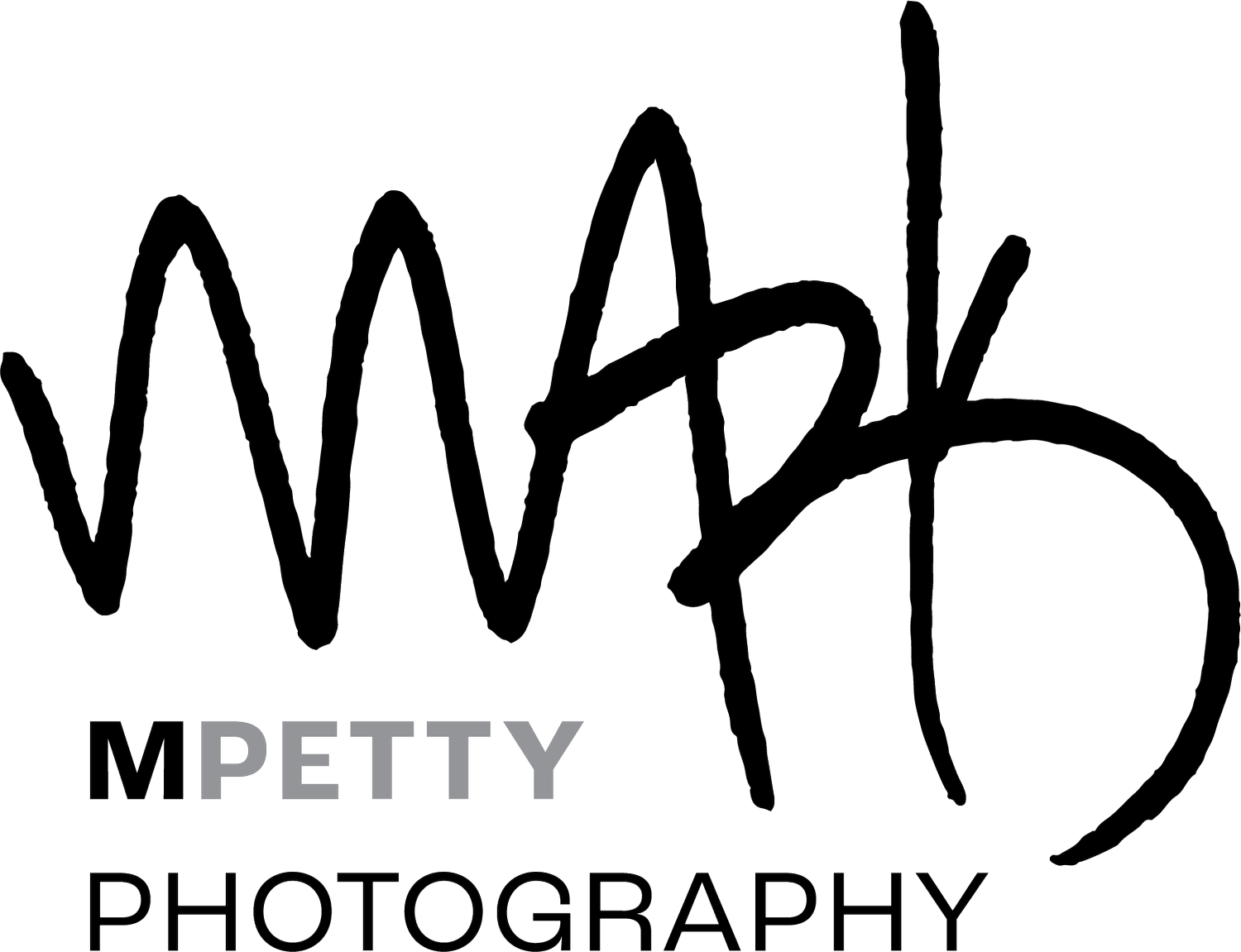How I Shot a Dead Man
A murder victim lies under a sheet in the front yard as members of the police department, in the background, investigate the first homicide in Columbia, MO in a decade. Photo © Mark Petty 1974
Text © Mark Petty 2024
The year is 1974. I’m a photojournalism major at the University of Missouri. I’m naive and have bought into the belief, popular at the time, and still popular today, that I’m an “available light” photographer - no flash or strobe units for me.
I’m on the night shift for The Columbia Missourian, the city daily newspaper produced by journalism students like me as its photographers and reporters. I’m in the process of closing down the darkroom when the phone rings. A man has been murdered; the first homicide in Columbia, MO in a decade. I’m given the address.
I hop in my car and start driving to the scene, not knowing what to expect. When I arrive the police have not yet cordoned off the residential street and I am able to park in front of a neighbor’s house. I hesitantly introduce myself to the cops and detectives who are standing around.
The scene is eery and surprisingly silent. It’s pitch black, except for a dim porch light. There is no police tape and at first I don’t even see the dead man lying under a sheet in the front yard.
There’s no f’ing light and I need a quick solution. The pressure is mounting. I’m on deadline and need to take a photo ASAP. They are holding space for it on the front page of tomorrow morning’s paper.
With the germ of an idea I go back to the cops. I explain to one of them that I don’t have a flash. I ask if it is alright for me to park my car for a few minutes at an angle in the middle of the street. He gives me a puzzled look before saying “Sure. It’s OK by me. Knock yourself out.”
So I back my ’68 Ford Fairlane into the street at an angle, so it’s pointing at the deceased. I then pull up as close to the curb as I can, and turn on my bright headlights to illuminate the scene. I try to steady my hands.
My plan works and the photo runs on the front page the next morning.
This experience gives added credence to the saying that “Available light is any light that’s available to the photographer.” During the next few days several people, including my professors, tell me that phrase includes flash units, which is the more “professional” way to photograph a scene like this.
That’s true, but popping a strobe that night would not have conveyed the surreal eeriness of the actual scene in a town that hasn’t had a homicide in a decade.
P.S. In the late 1970s and early ‘80s they started sewing highly reflective material on the coats of first responders. They play havoc with flash photography at night and are to be avoided. A digital shooter today will discover that immediately. Film shooters back in the day learned it the hard way, myself included.
